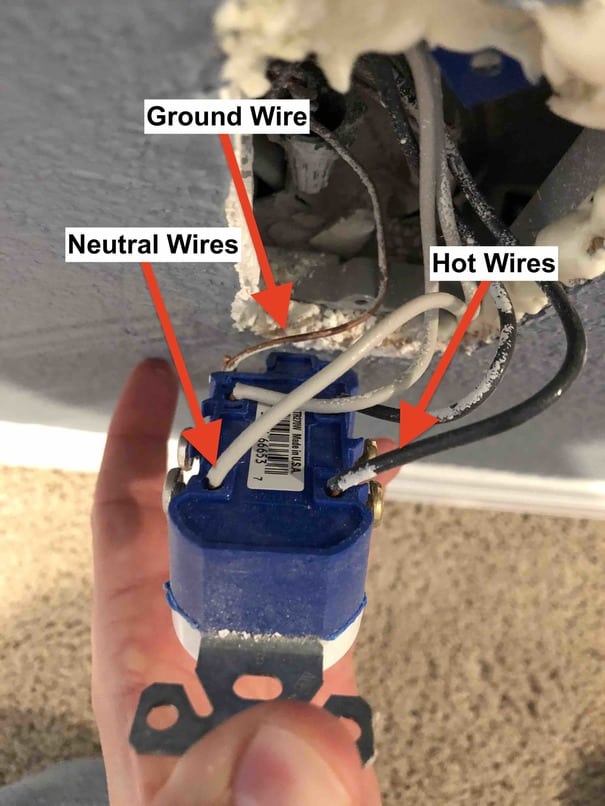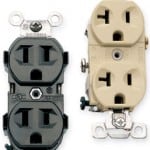

However, this method does not guarantee that you will be able to identify a reverse polarity issue. Most correctly wired outlets should have a black or red wire held in place by a brass screw and leading to the narrow slot, along with a white wire held in place by a silver screw and leading to the wider slot. The lights on these testers will indicate whether the hot and neutral wires are reversed.ĭunlop says another way to inspect your outlets is to remove the outlet cover to check the color of the wires. Inexpensive circuit analyzers will let you know whether an outlet is wired correctly. With reverse polarity, the hot wire feeds electricity into the socket and you'll get zapped if you touch it. However, you might be more susceptible to a shock.įor example, the metal socket of a lamp connects to the neutral wire and should not give you a shock with proper wiring. Saltzman says electrical equipment will continue to function and won't be damaged by the incorrect wiring.

Reverse polarity outlets will still provide electricity to lamps, appliances, and other items. But with reversed polarity, the item can be energized even if you think it is off since electricity will flow through the circuit until it reaches the closed switch, rather than being cut off at the switch itself. In either case, the item will not function until the switch is flipped to close the circuit. In a correctly wired outlet, electricity will flow to the switch with reversed polarity, it will be present in the item itself even when it is not turned on. If you come in contact with a hot wire while touching the ground, you complete a circuit and receive an electric shock.Īn outlet with reverse polarity can cause some items to be electrically charged at all times. When correctly wired, an outlet minimizes the chance of injury. This situation often happens when a homeowner attempts to do electrical work on their own and puts the wires back in the wrong places.

McGarry and Madsen Home Inspection of Gainesville, Florida, says brass colored screws are used for the hot wire while silver colored screws are used for the neutral wire.ĭespite all these precautions, the hot and neutral wires might be reversed on some outlets. To further help with wiring, the screws holding the wires in place might be color coded as well. The hot wire can be any other color aside from white or green, which is the color of the grounding wire it is usually black or red. Reuben Saltzman, writing for the Minnesota home inspection company Structure Tech, says the neutral wire should always be white. These wires are color coded for easy reference. Carson Dunlop, a Canadian home inspection company, says the wider slot should connect to the neutral wire-a grounded conductor-while the narrow slot connects to a hot wire, which is not grounded.

The vertical slots on a standard three-pronged outlet are connected to a hot wire and neutral wire, while the round hole connects to the grounding wire. While the outlet will still be able to provide power to your electrical items, it is also present a greater shock hazard. One common issue with electrical outlets is reverse polarity, also known as "hot-neutral reversed." In this condition, the outlet has been wired incorrectly, altering the flow of electricity. Not only will this inspection see if there are any obvious defects with the electrical system, but it will also check to see if the outlets are properly wired. Part of a home inspector's analysis of a home includes a look at the electrical outlets.


 0 kommentar(er)
0 kommentar(er)
